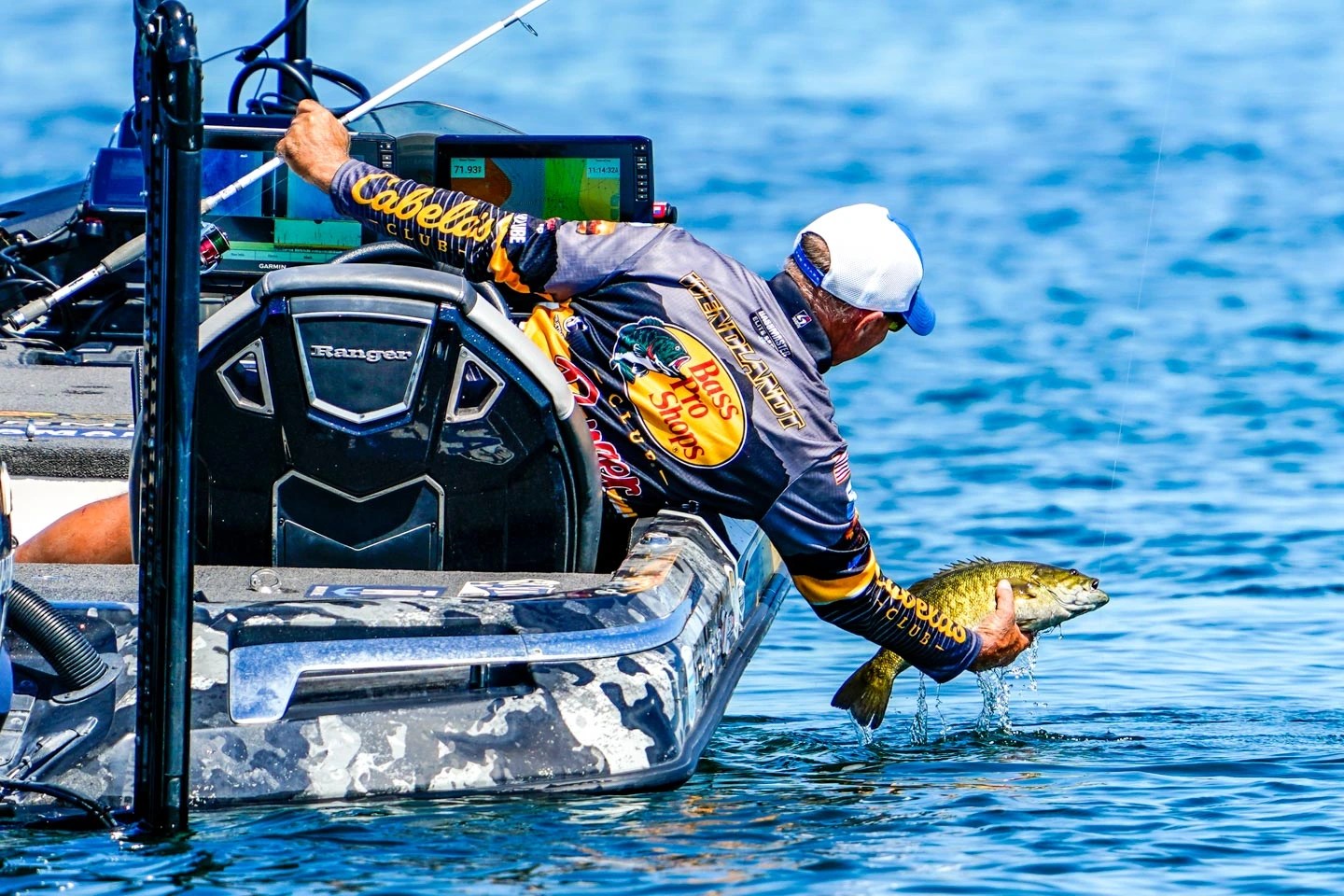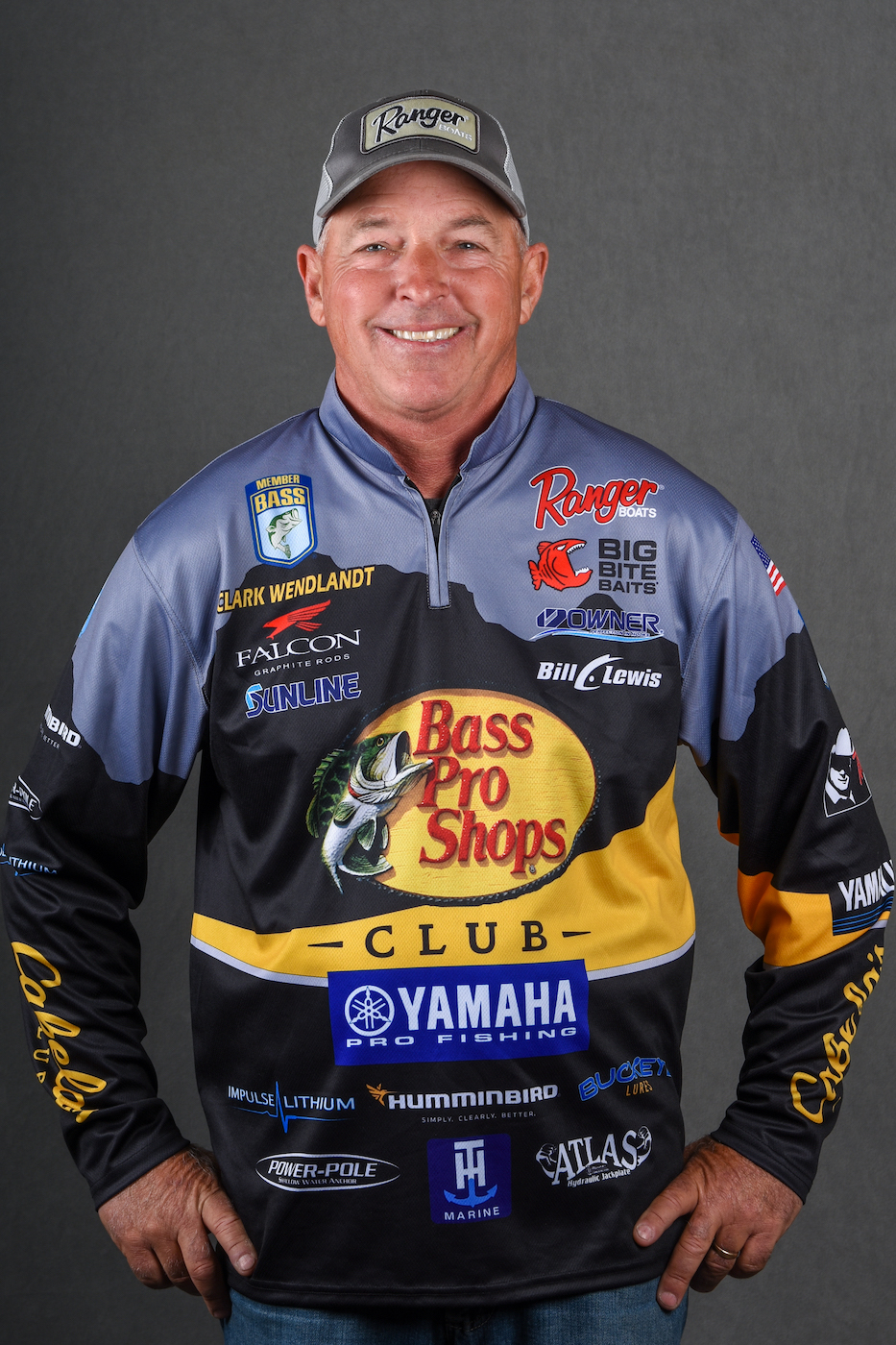
References to “invasive species” are often pitched with doom and gloom scenarios, but sometimes the result isn’t as bad as some scientists predicted.
I’m not promoting invasive species or the spread of them. B.A.S.S. has a long history of fighting invasive species alongside other conservation partners. And with my fisheries degree from Texas A&M University, I realize there are situations where invasive species can cause major problems. Obviously, the exotic carp problem in the Tennessee River is a good example of an exotic that has created major problems for the fisheries.
But because fish management really interests me, I pay a lot of attention to what’s going on in the waters we fish.
And sometimes good things happen. Nature often has a way of sorting things out and bass populations learn how to adapt.
What we saw at Thousand Islands, N.Y., is a good example. When non-native gobies found their way into our Great Lakes, many predicted they would cause irrevocable harm to fisheries. And to be fair, gobies have reduced populations of some sport fish by eating their eggs and fry.
But with the “invasion” of gobies, the St. Lawrence River and Lake Ontario bass fishing has done nothing but get better.
The first time I fished there was in 1992, and Rick Clunn won with 44 pounds. Granted, that was a three-day total, but after three days this year that weight put you in 48th place.
Fans have probably seen the statistics – the top two anglers eclipsed the century mark by catching 100 pounds or more of smallmouth bass in a B.A.S.S. event.
To make Championship Sunday, an angler needed nearly a 24-pound average each day. Over the four days, 68% of all bags weighed in were 20 pounds or more.
And look at Lake St. Clair. The first time I competed there in the late 1990s, 16 to 17 pounds was a good bag. Nowadays, a good bag weighs 25 pounds. Gobies have been the difference maker.
Zebra mussels are a pain for boat dock owners and are the cause for expensive control measures where they clog water intake pipes.
However, they do filter algae. On Lake Travis near my home, with the clearer water, the bluegill fishing has improved exponentially since the zebras showed up. In many lakes, that clearer water led to increases in aquatic vegetation which benefits many species of fish.
Milfoil and hydrilla are invasive species that have been a curse for lakefront owners, power companies and many state agencies. While it’s somewhat understandable that some plants need to be kept in check on waters where they interfere with other uses, they also provide excellent habitat for bass and forage fish.
Unfortunately, some groups want to carpet-bomb all the vegetation in a lake. My hope is that managers take a more balanced approach that includes the impacts on the fishery when decisions are being made on vegetation control.
Reservoirs begin aging the day they are impounded. Sure, the fishing is fabulous for a few years, but it usually goes downhill as silt and sediment bury the bottom and flooded timber and brush decay away. Without some vegetation, fishing often suffers dearly. And despite many agencies’ best efforts to reintroduce native plants, the non-native species often seem to be the only ones that can survive and provide the much-needed habitat.
Changing conditions are inevitable in life and our fisheries. Sometimes the change is for the better. But as ethical anglers, we need to understand the problems associated with invasive species and the risks of introducing them in other waters.
While there is no denying how in some cases such as with gobies in the Great Lakes, they are a big part of the reason for record-setting weigh-ins, we need to look at the long-term health of our waters. By doing so, we can continue to enjoy quality fishing in the future.
So, enjoy this fantastic smallmouth bass fishing but also don’t forget — clean-drain-dry!





